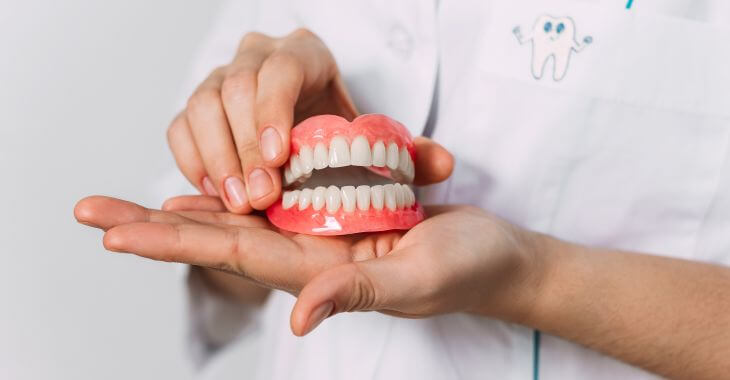What Are Lie Bumps on a Tongue?

Have you heard the superstition that when you tell a lie, bumps form on your tongue? This old tale is not true, but it is what gave transient lingual papillitis the nickname “lie bumps.” The white or red bumps on the tongue are not a sign of telling a lie, but they can be uncomfortable. What are lie bumps on the tongue and what treatments are available for this condition? Here is what you need to know about how to get rid of lie bumps and what causes these uncomfortable lumps.
What Causes Lie Bumps?
The exact cause of transient lingual papillitis is unknown, but there are some corelating factors that may contribute to the condition. Papillae are the small bumps on the top of the tongue that contain the taste buds. When these bumps become irritated or inflamed, they swell and may appear red or white. While there are other conditions that can cause bumps on the tongue, transient lingual papillitis is one of the most common conditions. Some possible factors that can contribute to lie bumps on the tongue tissue include:
- Food allergies
- Biting or burning the tongue
- Stress
- Eating spicy or acidic foods
- Eating sugary foods
- Digestive problems
Sometimes lie bumps can occur with no evident cause. Lie bumps are not contagious – there is a similar condition called eruptive lingual papillitis that is contagious, but it has more symptoms and lasts longer than transient lingual papillitis.
Symptoms of Transient Lingual Papillitis
The good news about lie bumps is that they are a short-term condition and they do not pose a health risk. For most people, the symptoms include red or white bumps on the tongue that may be uncomfortable. Patients with transient lingual papillitis often complain that the bumps are tender, tingly, itchy or painful, but there are no other accompanying symptoms beyond the swollen, irritated lie bumps on the tongue.
How to Get Rid of Lie Bumps
If you have transient lingual papillitis, you will likely only experience the symptoms for 2-3 days. However, if they are very uncomfortable, you can try a few home remedies to calm the irritation and make your mouth more comfortable. Using mouthwash and brushing after every meal can help minimize symptoms. You can also try rinsing with salt water for relief. Some people may talk to their dentist to discuss topical creams that can offer discomfort relief.
While lie bumps go away on their own, they can be aggravating if you have them often. The best treatment for lie bumps is preventing them. Avoiding the factors that contribute to outbreaks is the best solution for those who have frequent transient lingual papillitis – tracking the possible triggers and avoiding certain foods or receiving treatment for contributing health issues can offer relief.
When To See a Dentist for Lie Bumps
Transient lingual papillitis does not require treatment, but you may want to seek medical treatment if you have bumps on your tongue. There are other oral health conditions that look similar to lie bumps but may need treatment. Eruptive lingual papillitis is the most commonly mistaken condition, as it is closely related. However, it lasts up to two weeks and may also come with a fever or swollen glands. It is more common in children and can be spread from person to person.
Beyond eruptive lingual papillitis, there are several other conditions that look similar to lie bumps. It is important to not dismiss any oral growth as a lie bump; there are some rare cases of serious diseases like cancer affecting the tongue or mouth tissues. Other possible causes of bumps on the tongue include:
- Scarlet fever causes red bumps on the tongue
- Oral cancer can cause lumps of various colors on the tongue
- HPV is a viral infection that can cause oral warts
- Canker sores can appear on the tongue
- Syphilis can cause oral sores
- Cysts can form on the tongue
If you have any lumps or bumps on the tongue or in the mouth that last more than a few days, they are likely not lie bumps. Any bumps that bleed or last more than a week should be examined by your dentist. They may be symptoms of another condition that requires treatment like mouth cancer, syphilis, scarlet fever or HPV. The good news is that most lumps on the tongue are treatable and rarely a cause for serious concern.

In most cases, transient lingual papillitis, or lie bumps, are not a serious medical concern. They tend to disappear on their own in a few days and there are no known health risks from these uncomfortable tongue bumps. If you have frequent outbreaks that are painful or lumps that last longer than a week, schedule a checkup with your dentist. It is better to be cautious and get a professional diagnosis of any abnormal oral growths to protect your health.
The information provided on this website, including text, graphics, images, and other materials, is intended solely for informational purposes and should not be used as a substitute for professional medical advice, diagnosis, or treatment.




)